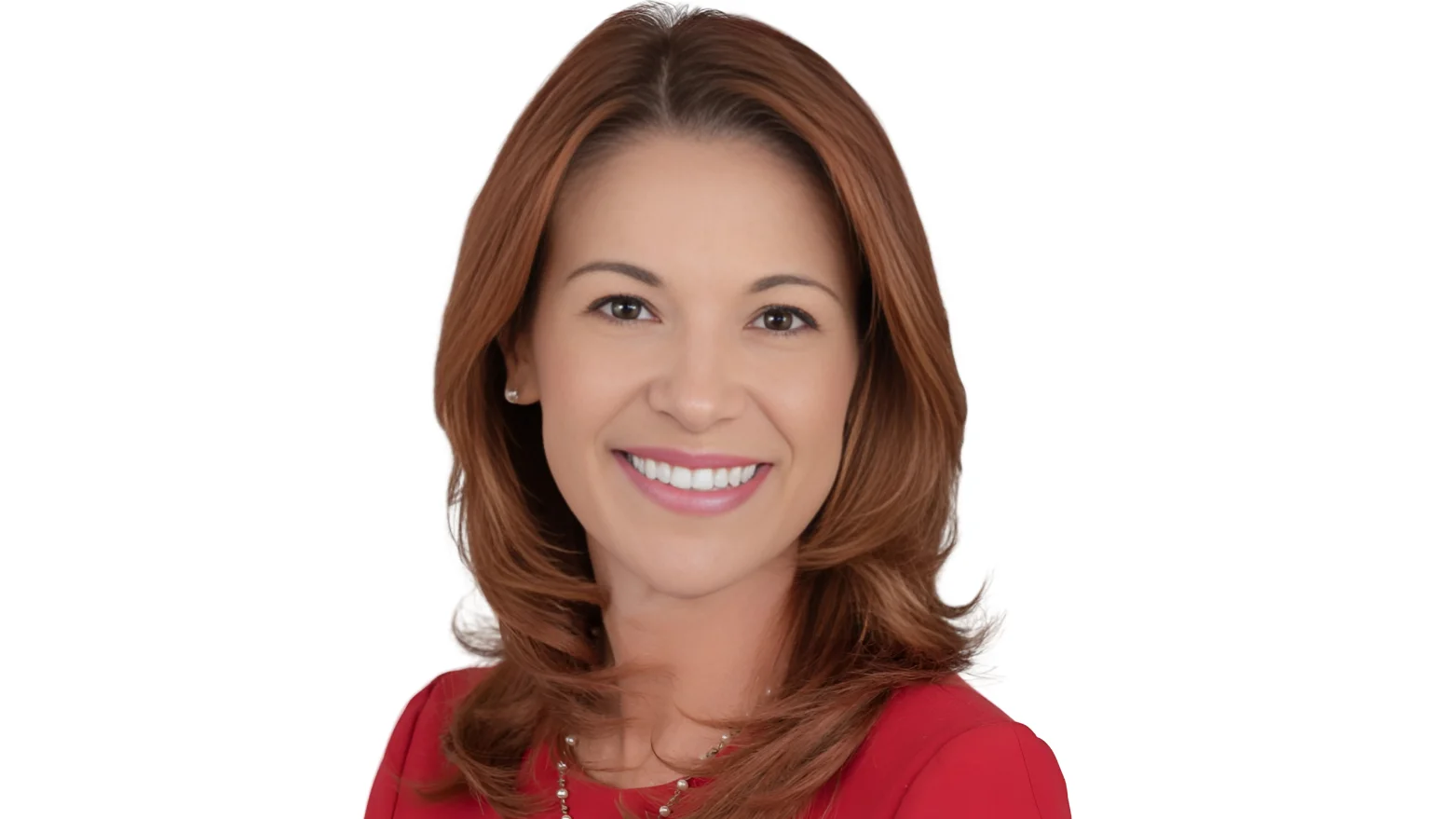
Randi Weingarten AFT President | American Federation of Teachers
A recent national survey by the American Federation of Teachers (AFT) indicates that many educators expect to use their own money to purchase food for students, as well as classroom supplies, during the 2025-2026 school year. The findings come as federal nutrition funding linked to COVID-era relief ends and ahead of planned cuts to the Supplemental Nutrition Assistance Program in 2028.
According to the survey, which included responses from over 700 AFT K-12 members, nearly half—49.5 percent—anticipate buying food for students this year. Sixteen percent were unsure if they would need to do so, while about one-third did not expect such purchases. One Florida educator commented on student needs: “Students need food due to [a] lack of it at home,” noting that additional out-of-pocket purchases include tissues, hand sanitizer, and writing utensils “because students are not able to purchase their own.” An educator from Kentucky added, “A lot of my students are starving because of lack of food availability.”
The survey found most respondents spend more than $300 annually on basic classroom necessities like pencils and paper but also buy books, snacks, cleaning products, and even larger items. For example, a California teacher purchased a $650 air conditioner because “it gets so hot that the kids just shut down and the district won’t provide it.” Reasons cited for these expenses included insufficient support from school districts and rising costs.
“Every year, public school educators dig into their own pockets to help their students get the education they deserve,” said AFT President Randi Weingarten. “They pay for books, decorations, paper, pencils and, yes, even food, because they care deeply about their students and giving them a shot at success. But as public schools get defunded and basic necessities in this country become unaffordable for working people, teachers and parents are feeling squeezed. Our member survey shows public school educators need more resources to help make their classrooms the safe and welcoming places that students need to learn. What other professionals are asked to fund their work like teachers?”
Conducted by Grow Progress between August 29 and September 2 with 705 AFT members at the start of the new school year, the survey sample was mostly women (76 percent), with most participants aged between 35-54 years old; three-quarters had advanced degrees.
Spending patterns remain consistent with previous years: over half expect outlays above $300 per year on classroom materials; about a quarter anticipate spending more than $600. One-quarter blamed inadequate district funding or supplies for these costs; sixteen percent attributed increased spending directly to rising prices. One Georgia respondent noted changing conditions: “Everything costs more! Also the Dollar Tree—a teacher’s go-to store—is no longer ‘everything a dollar…’ This is disastrous for a teacher’s budget.”
Ten percent said student needs have grown: "The children at my school don’t have the funds to buy school supplies or snacks," wrote one Florida respondent.
Respondents expressed concern that recently enacted tax law changes will not improve these conditions. The legislation shifts funds from public schools toward private ones while making historic cuts in food assistance programs.
Survey participants represented states nationwide—with largest groups from New York (22 percent), Florida (15 percent), Minnesota (11 percent), Illinois (8 percent), and California (8 percent).
Perceptions regarding Trump administration policies were largely negative among respondents: fifty-five percent described them as having a "very negative" impact on schools and communities; sixteen percent reported a "somewhat negative" effect. Concerns focused on immigration-related fear or anxiety alongside inadequate resources in schools. Only eight percent reported any positive effects.
“I teach in Downtown Los Angeles, and my school site is at the center of the ICE raids,” wrote one teacher. “Many of my students are recent immigrants, and a great deal of them are scared to come to school.” Another Florida educator mentioned challenges including lack of ESOL support materials and empathy towards students needing assistance.
The survey was distributed via an unweighted sample sent to 100,000 K-12 AFT educators nationally; its margin of error is approximately 3–4 percentage points depending on confidence level.





 Alerts Sign-up
Alerts Sign-up